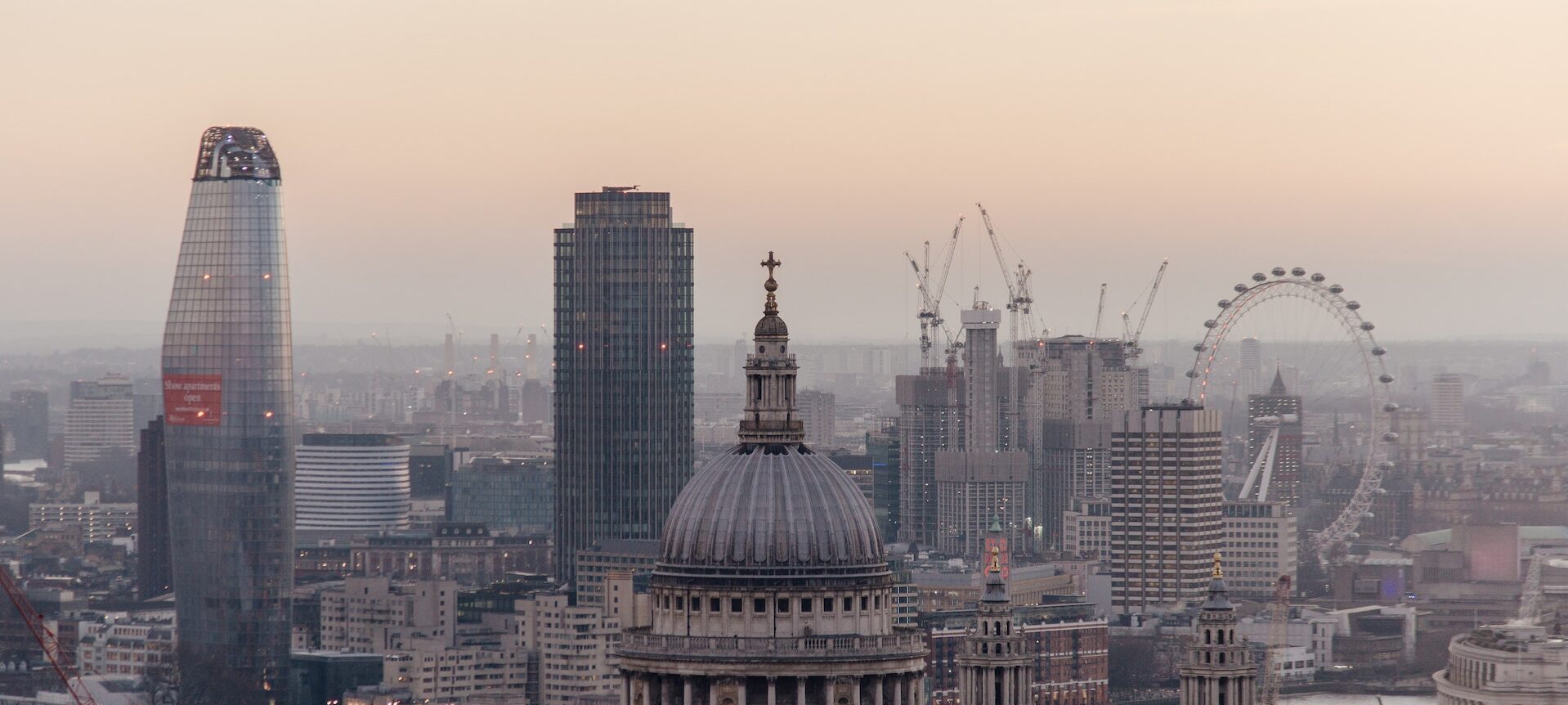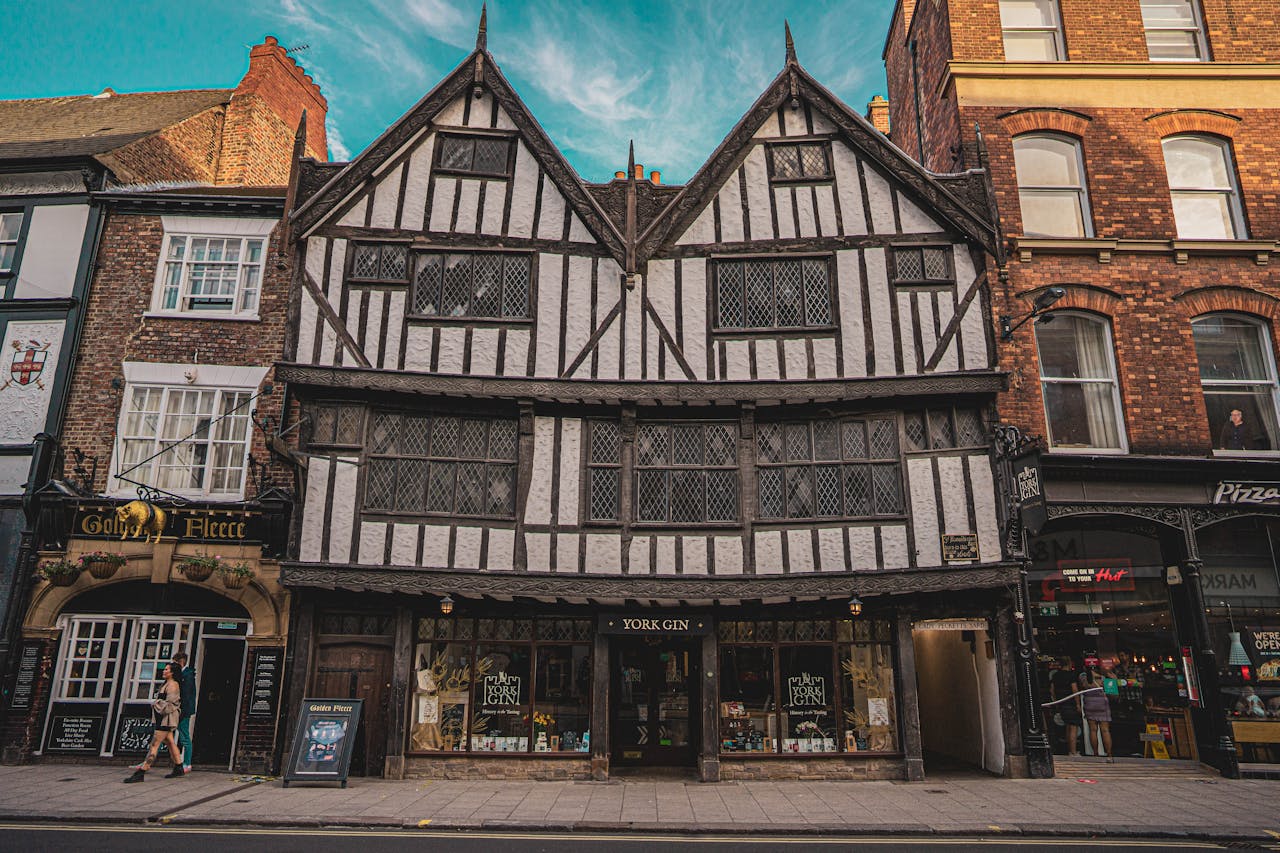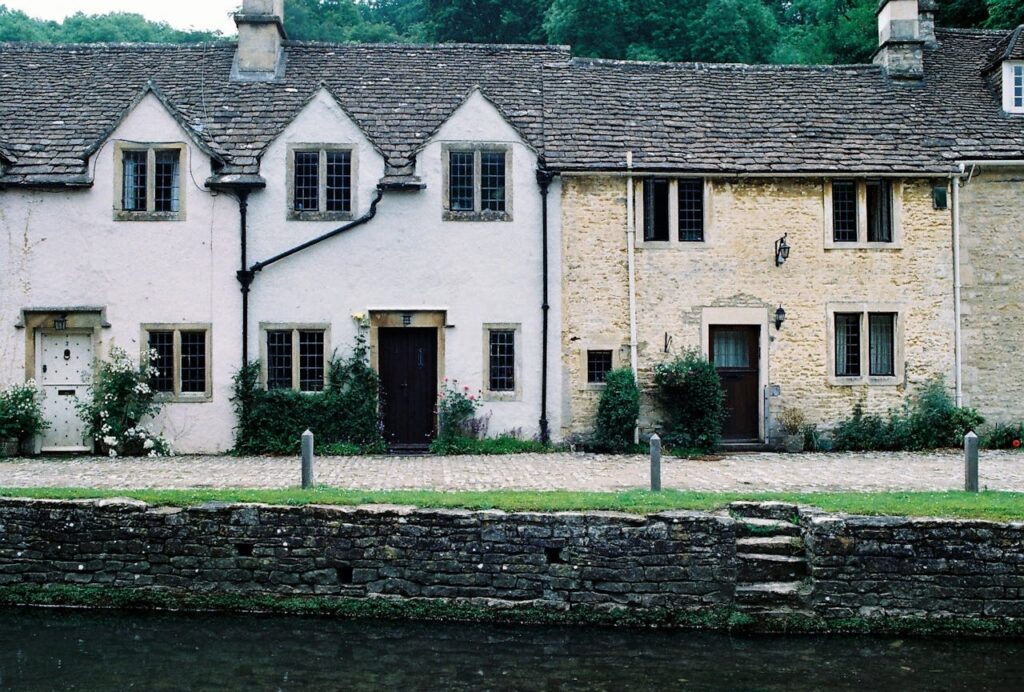The architecture of British homes has evolved dramatically over the centuries, reflecting the changing social, economic, and cultural landscape of the country. Moreover, each era has left its own unique imprint, creating a rich tapestry of British house styles that continues to fascinate and inspire homeowners and design enthusiasts alike. Therefore, let’s delve into the distinct eras that have shaped the character of British housing and design.
THE BRITISH HOUSE STYLES INSPIRED BY THE TUDORS (1485–1603)
The Tudor period, marked by the reign of the Tudor dynasty, gave rise to a distinctive style of homebuilding. These homes are defined by their use of the Tudor arch, steep gables, increased brick usage, tall chimneys, mullioned windows, exposed timber frames, and thatched, clay, or slate roofs. The white-painted wattle and daub construction and E- or H-shaped layouts are also hallmarks of the Tudor aesthetic.
Characteristics of a traditional Tudor house
- Rooms were arranged around a central great hall, which was the main living and dining area.
- Wooden panelling, exposed beams, and ornate fireplaces in the great hall
- Smaller rooms branching off the great hall for private family spaces
- Use of tapestries, rugs, and other textiles for warmth and decoration
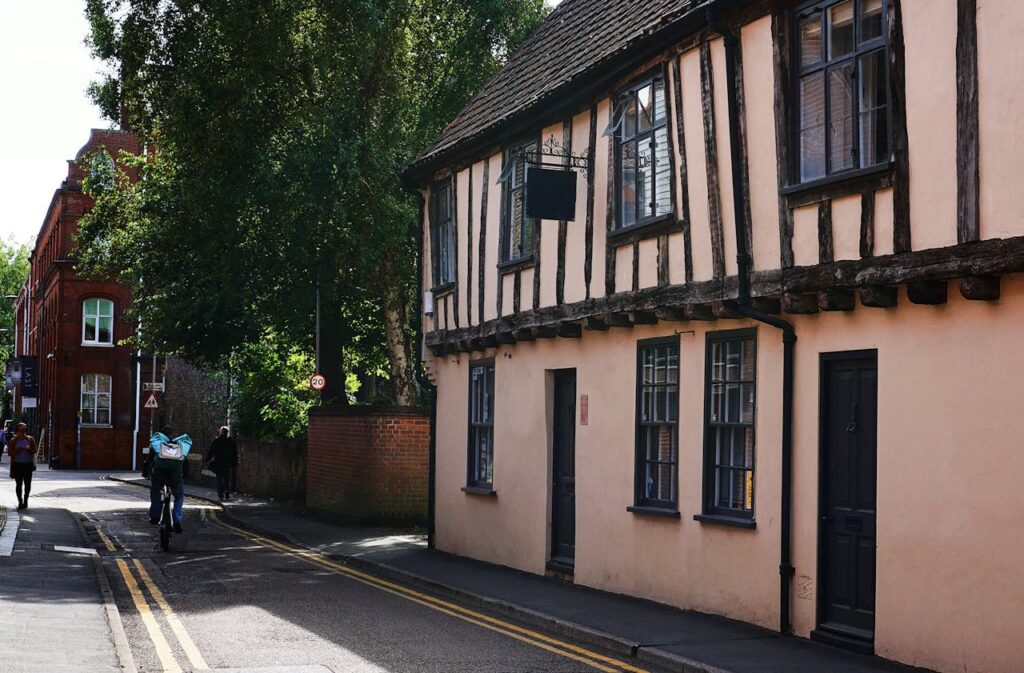
Therefore, the Tudor style exemplified the transition from medieval to early modern domestic architecture in England, blending traditional materials and forms with new decorative elements.
THE JACOBEAN AND ENGLISH BAROQUE HOUSE STYLES (1603–1714)
The transition from the Tudors to the Stuarts saw a continuation of the architectural traditions, with the Jacobean style retaining many of the same features. However, the English Baroque style, popularised after the Great Fire of London in 1666, introduced a more ornate and grandiose approach, exemplified by the work of renowned architect Sir Christopher Wren.
Jacobean Design (1603-1625):
- Heavy, ornate style with intricate carvings, geometric patterns, and Gothic influences
- Use of dark, heavy woods like oak, walnut, and ebony
- Emphasis on symmetry and balance in architectural design
- Common decorative motifs included fruit, flowers, acorns, and mythological figures.
English Baroque Design (1625–1714):
- More ornate, grandiose, and theatrical style compared to Jacobean
- Incorporation of Italian Baroque influences like curving lines, dramatic lighting, and lavish ornamentation
- Widespread use of gilding, marquetry, and mirrored surfaces
- Furniture featured more curvaceous, exaggerated shapes, and elaborate woodcarving.
- Architecture emphasised impressive, awe-inspiring facades with domes, columns, and dramatic entrances.
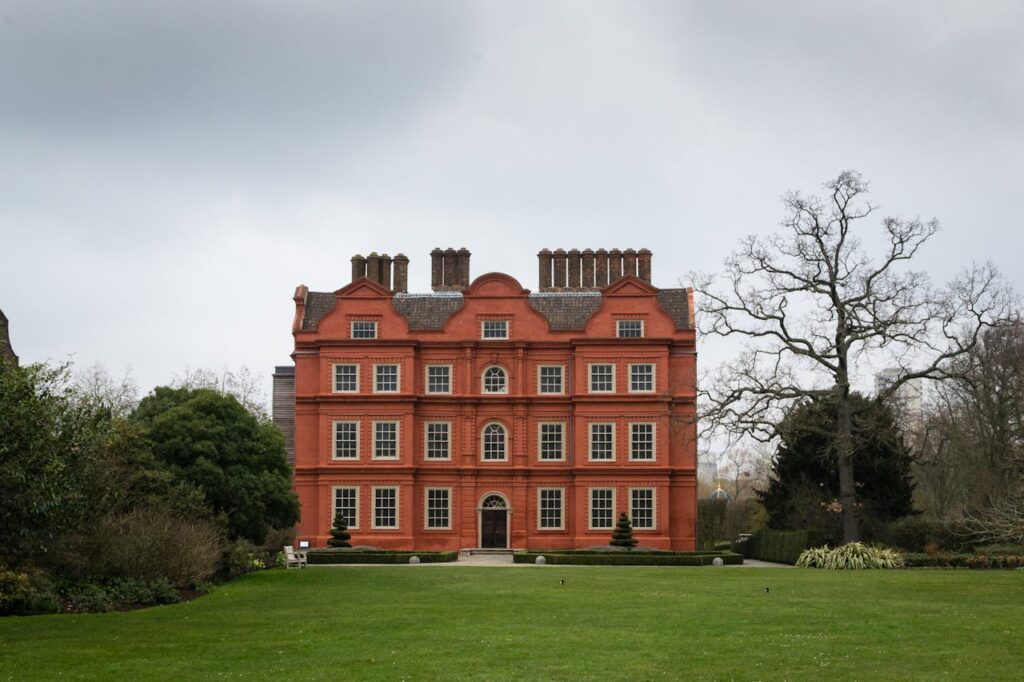
Overall, the Jacobean and English Baroque periods saw a shift from the more sombre, Gothic-influenced Jacobean style to the more extravagant, Italian-inspired English Baroque.
THE GEORGIAN ERA OF BRITISH HOUSE STYLES (1714–1830)
Named after the first four King Georges of England, Georgian architecture is marked by its classic elegance and understated detailing. Townhouses were characterised by their grid-like uniformity, while country houses embraced a wider, shallower profile nestled in landscaped settings.
Characteristics of a Georgian-style home:
- Symmetrical, rectangular floor plans with a central hallway and front doors that were panelled and painted.
- Uniform rows of large, multi-paned sash windows
- Red brick or stone construction, often with white trim
- Simple, classical designs inspired by Greek and Roman architecture
- High ceilings and large windows to maximise natural light
The Georgian style represented a shift towards more orderly, symmetrical, and grandiose domestic architecture compared to earlier English styles like the Tudor and Jacobean. It became a symbol of wealth, power, and refined taste.
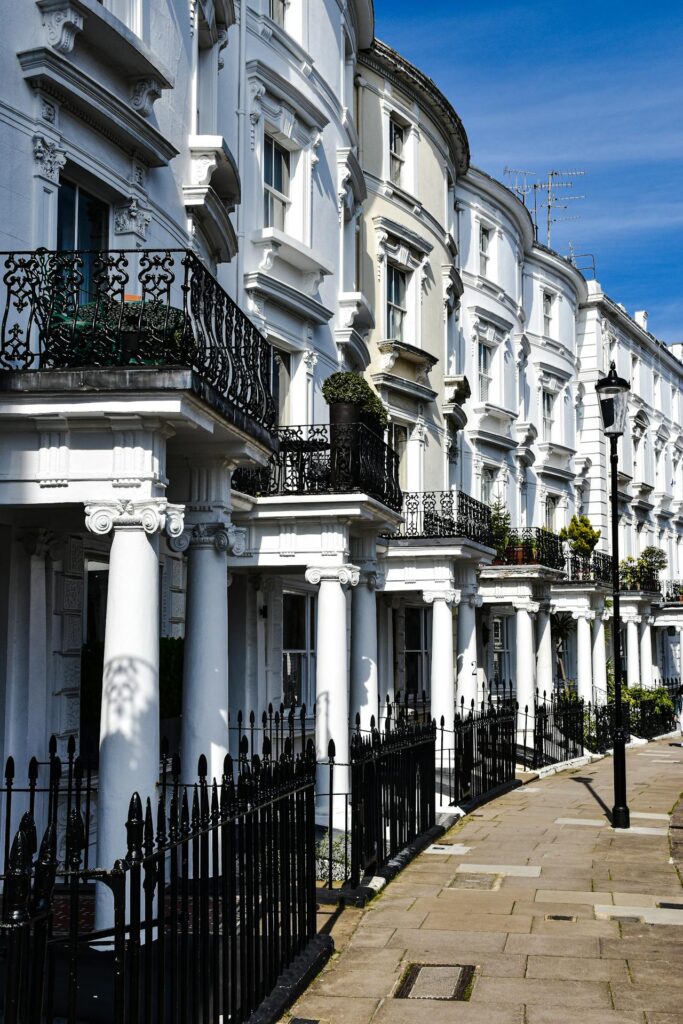
THE GOTHIC REVIVAL TO BRITISH HOUSE STYLES (LATE 1700–1860)
During the 19th century, a resurgence of Gothic architectural elements emerged, characterised by more organic layouts, vertical emphasis, intricate stonework and decoration, pointed arches and windows, and ecclesiastical features such as flying buttresses and vaulted ceilings.
Origins and Influences of the Gothic British House Style
- Emerged as a reaction against the formality and symmetry of Neoclassical architecture.
- It sought to revive the medieval Gothic style of the 12th and 16th centuries
- Influenced by the Romantic movement and a renewed interest in the Middle Ages
Examples of the Gothic Revival style
- Churches, cathedrals, and chapels in a Neo-Gothic style
- Country houses and manor homes with Gothic-inspired designs
- University buildings like Oxford and Cambridge
- Some industrial structures, like train stations and bridges
- Notable examples include the Palace of Westminster.
The Gothic Revival of British house styles represented a major architectural movement that sought to revive the aesthetics and symbolism of medieval Gothic design in both religious and secular buildings across Britain.

THE VICTORIAN ERA TO BRITISH HOUSE STYLES (1837–1901)
The Victorian era witnessed a building boom, with Victorian terraces becoming a hallmark of British housing style. Overall, these homes are characterised by decorative brickwork, bay windows, ornate gable trim, porches, stained glass, and the distinctive “sash window horns.”
Types of Victorian homes
- Large, elaborate country houses and mansions for the upper classes
- Middle-class terraced or semi-detached houses in urban areas
- Working-class row houses, tenements, and terrace houses
- Incorporation of modern amenities like indoor plumbing and central heating
Moreover, Victorian-era properties showcased the diversity, opulence, and technological progress of the period through a wide range of architectural styles and domestic features.
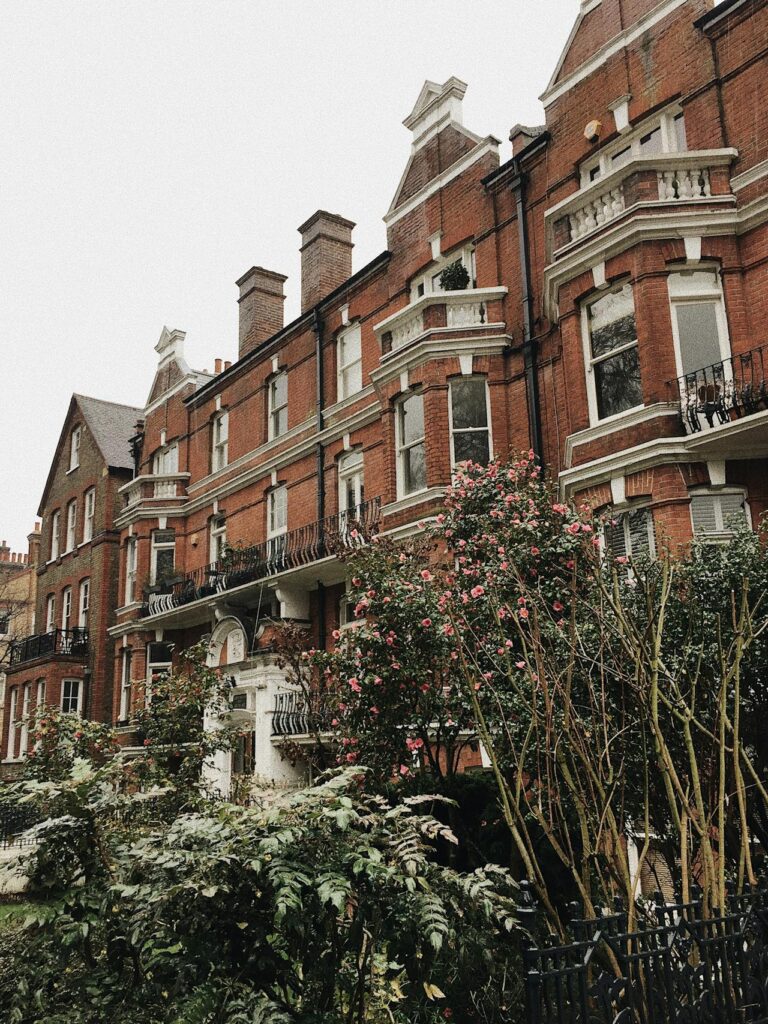
THE EDWARDIAN BRITISH HOUSE STYLES (1901–1910)
The Edwardian period brought a shift towards larger homes with wider footprints, often incorporating timber framing, hanging tiles, combinations of red brick and pebbledash, fretwork, and stained glass.
The style of Edwardian houses
- A blend of traditional and modern design sensibilities
- Eclectic mix of styles, including Queen Anne revival, arts and crafts, and neoclassical
- Red brick, stone, and tile construction with asymmetrical massing
- Elaborate facades with bay windows, turrets, gables, and decorative detailing
- Incorporation of modern amenities like electricity.
Ultimately, Edwardian properties blended old and new, reflecting an era of social transition and architectural eclecticism in Britain.
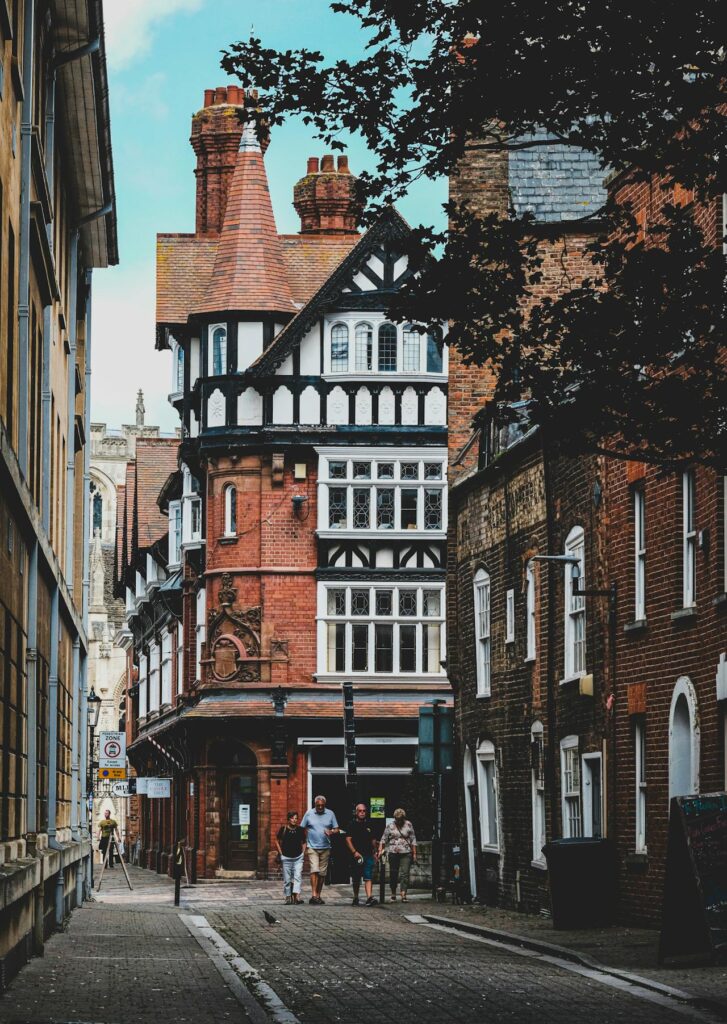
THE BRITISH COTTAGE HOUSING STYLES. (THROUGHOUT THE MIDDLE AGES)
Cottages, with their modest proportions, exposed beams, traditional-style timber windows, and use of local materials, have a long-standing presence in British house style and architecture, reflecting the simple homes of the working classes.
The Characteristics of the British Cottage Style
- Rooted in the traditional vernacular architecture of rural villages,.
- Influenced by rustic living in the 19th century
- There are a variety of styles, including thatched cottages, Cotswold stone cottages, and bungalow cottages.
- Organic, irregular floor plans, and asymmetrical facades
- Extensive use of natural materials like stone, timber, thatch, and lime render
- Small-scale, human-centric design with low ceilings and compact interiors
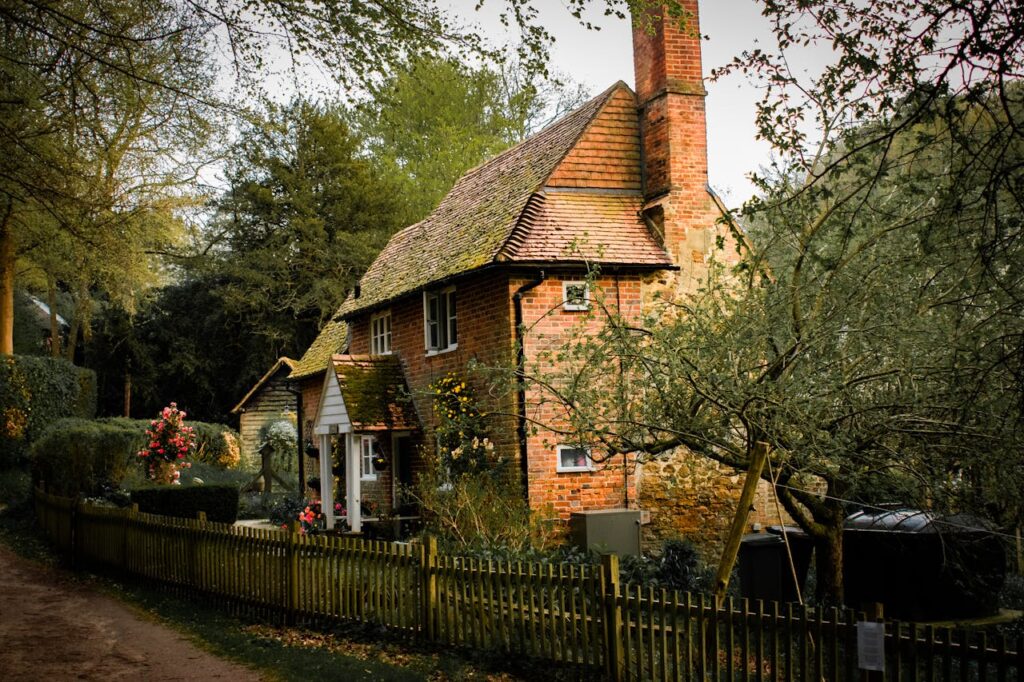
The legacy of the British cottage style
- Remain influential in modern residential design, particularly in suburban and exurban contexts.
- Symbolise nostalgic notions of traditional, community-oriented country living.
Overall, the cottage-style housing embodies the enduring romance of rural, small-scale domestic architecture in Britain, balancing historic precedent with progressive ideals of community and sustainability.
MODERN BRITISH HOUSE STYLES
POST-WAR BRITISH HOUSE STYLES (1960-1990)
In the aftermath of World War II, Britain faced a severe housing shortage, prompting a concerted effort to rapidly build large quantities of affordable and functional housing. Therefore, this shift towards modernist, design principles led to the development of various housing types, from medium-rise council housing estates to low-rise “garden suburbs.” While the resulting architecture often adopted a utilitarian, functional aesthetic, the goal was to greatly expand access to quality housing for working-class families, leaving a lasting impact on Britain’s residential architecture and urban landscape.
British house building after the war
- Prefabricated and modular construction techniques for speed and cost-efficiency
- Standardised floor plans and unit designs to streamline production
- Council housing and social housing estates with medium-rise apartment blocks
- New towns with a mix of detached, semi-detached, and terraced houses
- Low-rise “garden suburbs” with semi-detached and terraced homes
British architectural house styles after the war
- Utilitarian, functional aesthetic with minimal ornamentation
- Influences from Bauhaus, International Style, and Scandinavian Modernism
- Use of modern materials like concrete, steel, and glass
In the aftermath of World War II, Britain’s ambitious post-war housing initiative greatly expanded access to affordable, quality housing for working-class families, though some of the resulting projects were later criticised for creating monotonous, alienating environments and social segregation.
THE MODERN CONTEMPORARY DESIGN OF BRITISH HOUSE STYLES (MID-20TH CENTURY)
During the mid-20th century, there was a shift towards modern, minimalist architecture, with the introduction of bold shapes, open-plan interiors, and large windows. Moreover, today, the Neo-Eclectic and Contemporary styles blend elements from various eras, embracing the principles of light, clean lines, and a mix of traditional and modern buildings.
The characteristics of contemporary British house styles
Sustainability:
- Emphasis on energy-efficient materials, passive solar design, and renewable energy systems
- Incorporation of green infrastructure like rain gardens, green roofs, and urban forests
- Designs that minimise resource consumption and environmental impact over a building’s lifecycle
Design Aesthetics:
- Use of natural materials, daylit interiors, and connections to the outdoors
- Embrace both high-tech and traditional craft-based building techniques.
Smart Home Technology:
- Integration of connected devices, automation systems, and digital controls
- Enabling remote monitoring and optimisation of energy and water usage.
- Supporting more flexible, adaptable, and responsive living environments
Adaptable, Modular Design:
- Floor plans and construction methods that allow for easy reconfiguration and expansion
- Accommodating changing household sizes, multigenerational living, and fluctuating needs
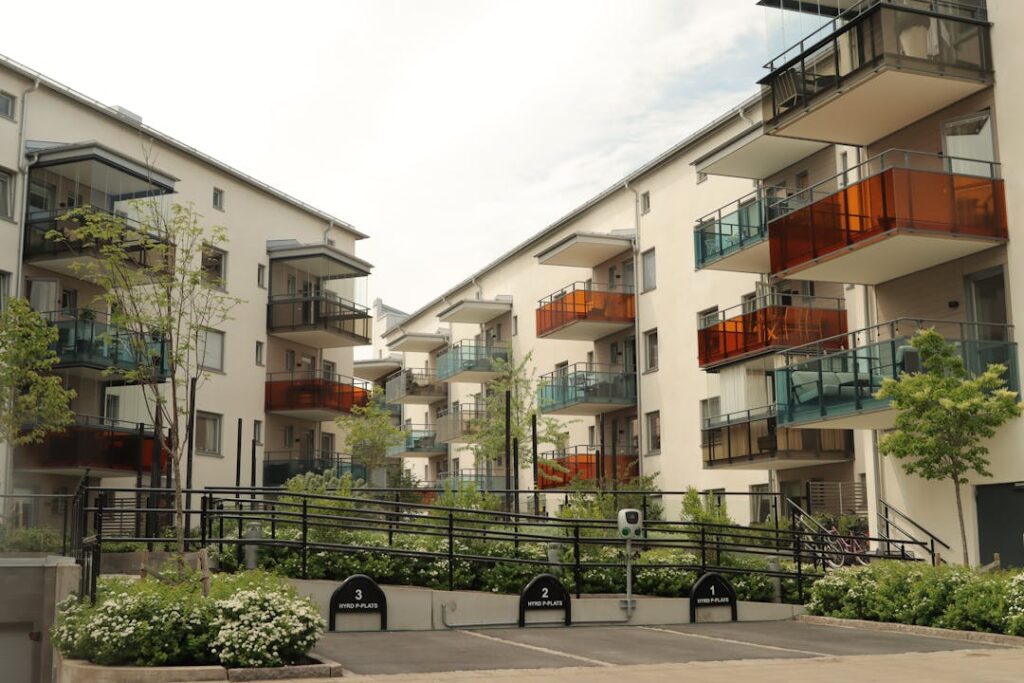
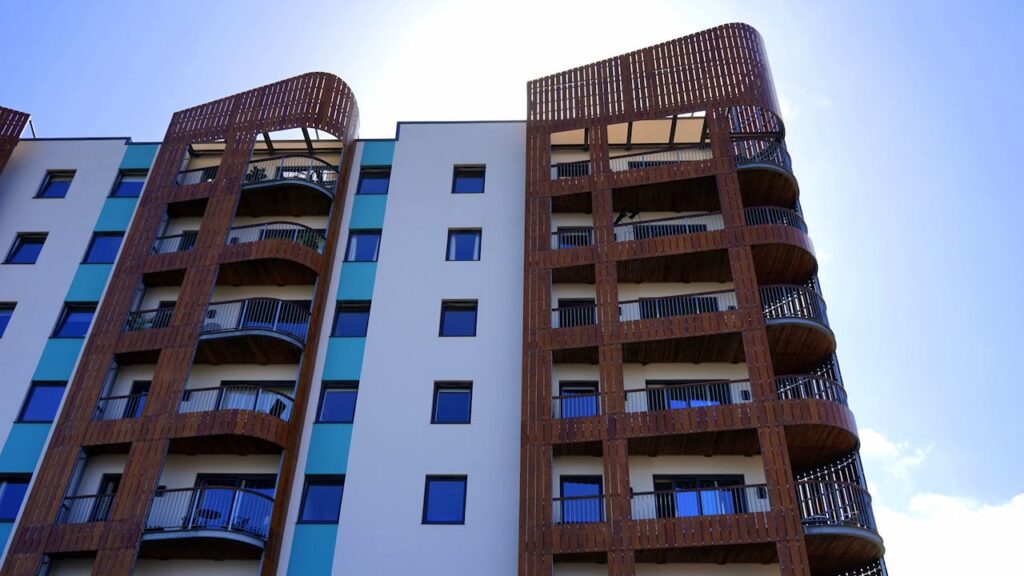
This evolving approach to housing design in Britain prioritises sustainability, technology, flexibility, and a stronger relationship between the home, community, and environment. It aims to create living spaces that are not only functional and aesthetically pleasing, but also responsive to the needs of 21st century residents.
WHAT’S YOUR FAVORUITE BRITISH HOUSE STYLES?
British residential architecture has evolved over centuries, encompassing distinct styles that reflect the changing social, economic, and cultural conditions of each era. Therefore, the growth in recent times of suburbia, garden cities, and new towns in the post-war period accelerated the British house style we see today. While today, contemporary British housing design has shifted towards a stronger emphasis on environmental sustainability, smart home technologies, and adaptable floor plans.
Therefore, across these diverse styles and time periods, British residential architecture has continuously balanced practical requirements with cultural values to shape the nation’s iconic built environment.
